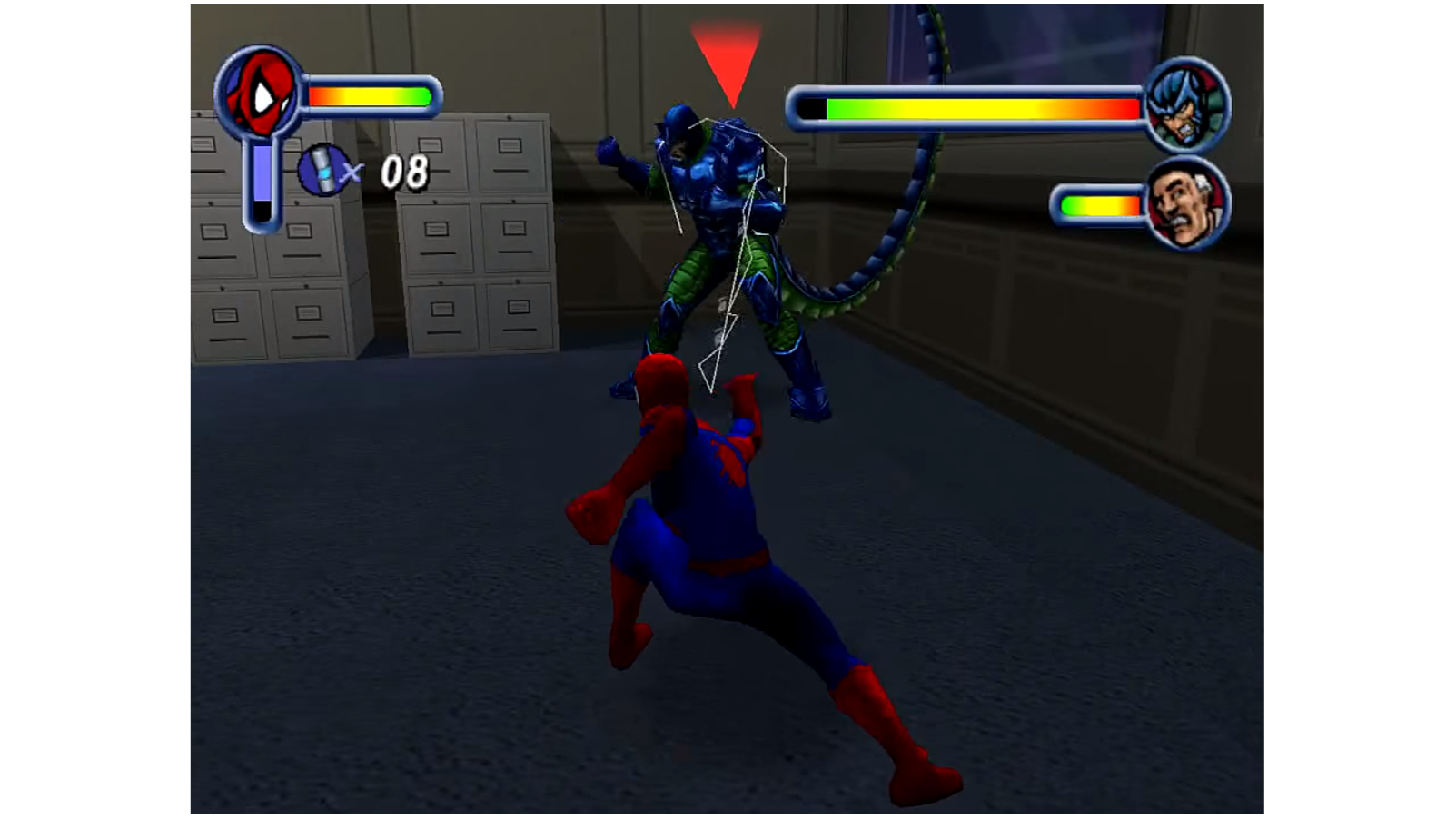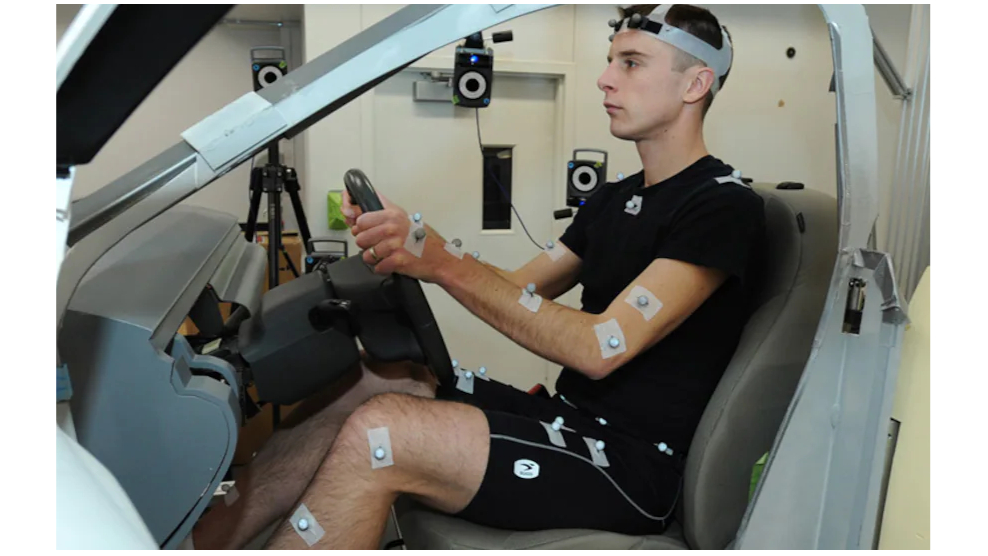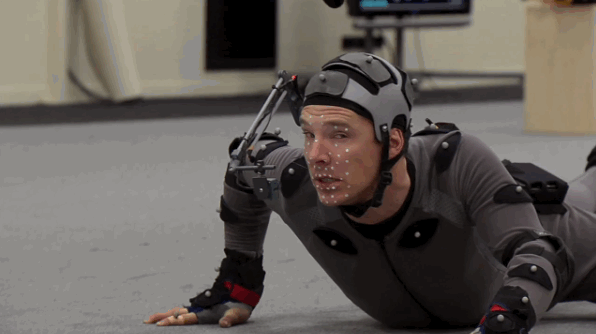This tech is secretly improving more than just your favorite film
Motion capture is not just for The Mandalorian and Spider-Man

When was the last time you thought about motion capture?
For many of us, it may have been while watching behind-the-scenes footage of a major blockbuster where an actor like Andy Serkis (Lord of the Rings, Rise of the Planet of the Apes) scampers around in a spandex suit covered in dots. Or perhaps it was when ILM announced that The Mandalorian would use the tech to track its cameras and not just its actors, so it could use a state-of-the-art LED screen background rather than a green screen while filming.
However, as I learned from Jeffrey Ovadya and Mark Finch from Vicon – an industry leader in the motion capture space – mo-cap has so much more to offer than the ability to make the best Netflix shows and the best Disney Plus shows even better.
Bringing animation to life
In entertainment – particularly TV shows, films, and games that feature only digital characters – motion capture is a vital tool for making the virtual world seem real.
A great example is comparing Spider-Man’s acrobatics in Spider-Man on the PS1 with his portrayal in Marvel’s Spider-Man on the PS4 and PS5. In the PS1 game released in 2000, Spidey’s movement has an unrealistic quality; when he flips through the air his whole body assumes this awkwardly rigid pose that's then rotated in 3D space.


In contrast, the PS4 game (released in 2018) features a Spider-Man that moves based on motion capture recordings. When the wall-crawler does a backflip, the digital model doesn’t pose and spin. Instead, players see the model’s body parts adjust in real-time (sometimes only subtly) to ensure he performs the maneuver exactly like a gymnast would.
Because of its movement (alongside improved graphics) it’s easy to forget the 2018 Spider-Man game is actually a game and not the latest MCU film: whereas no one would confuse the 2000 title with a live-action movie.
Get daily insight, inspiration and deals in your inbox
Sign up for breaking news, reviews, opinion, top tech deals, and more.
This ability to capture, record, and replicate minor body movements is what makes motion capture such a versatile tool.
From formidable dragons to Ford doors
When a company is trying to design something, a common tactic is to create multiple mockups and have people provide feedback on which is better. But this process is slow, requires a lot of guesstimation, and the end result could simply be the best of a bad bunch.
Alternatively, manufacturers like car maker Ford have used motion capture to accurately record how real people interact with their vehicles. The manufacturer can run this data through a digital simulation to see how people with different body types would find changes to the car’s interior and exterior. It can then make adjustments based on any problems that arise, like making the car taller, or changing the placement of the vehicle’s controls.

Using real data in simulations has helped designers improve a wide array of items, from golf clubs to robots for exploring other planets.
It's not just our stuff that can benefit from motion capture; we can too. Health and fitness experts are turning to the tech to help elite athletes enhance their training and patients in rehab increase their mobility.
And just like with other industries, as the capabilities of motion capture setups improve, the possibilities it unlocks will too. Combining existing setups with gadgets like a suit packed with electrodes created something that let me feel VR – and ruined my regular Oculus Quest 2 experience – while improving motion capture setups with better cameras like Vicon’s Valkyrie should help to make data collection even more accurate – leading to better simulations for product design and hopefully better rehabilitation methods too.
We likely won't ever have the best iPhone that's been designed with help from motion capture, but don't be surprised if more and more gadgets on our best running shoes, best fitness tracker, and best electric bikes lists, among others, are developed using the same tech that turned Benedict Cumberbatch into a dragon.


Hamish is a Senior Staff Writer for TechRadar and you’ll see his name appearing on articles across nearly every topic on the site from smart home deals to speaker reviews to graphics card news and everything in between. He uses his broad range of knowledge to help explain the latest gadgets and if they’re a must-buy or a fad fueled by hype. Though his specialty is writing about everything going on in the world of virtual reality and augmented reality.